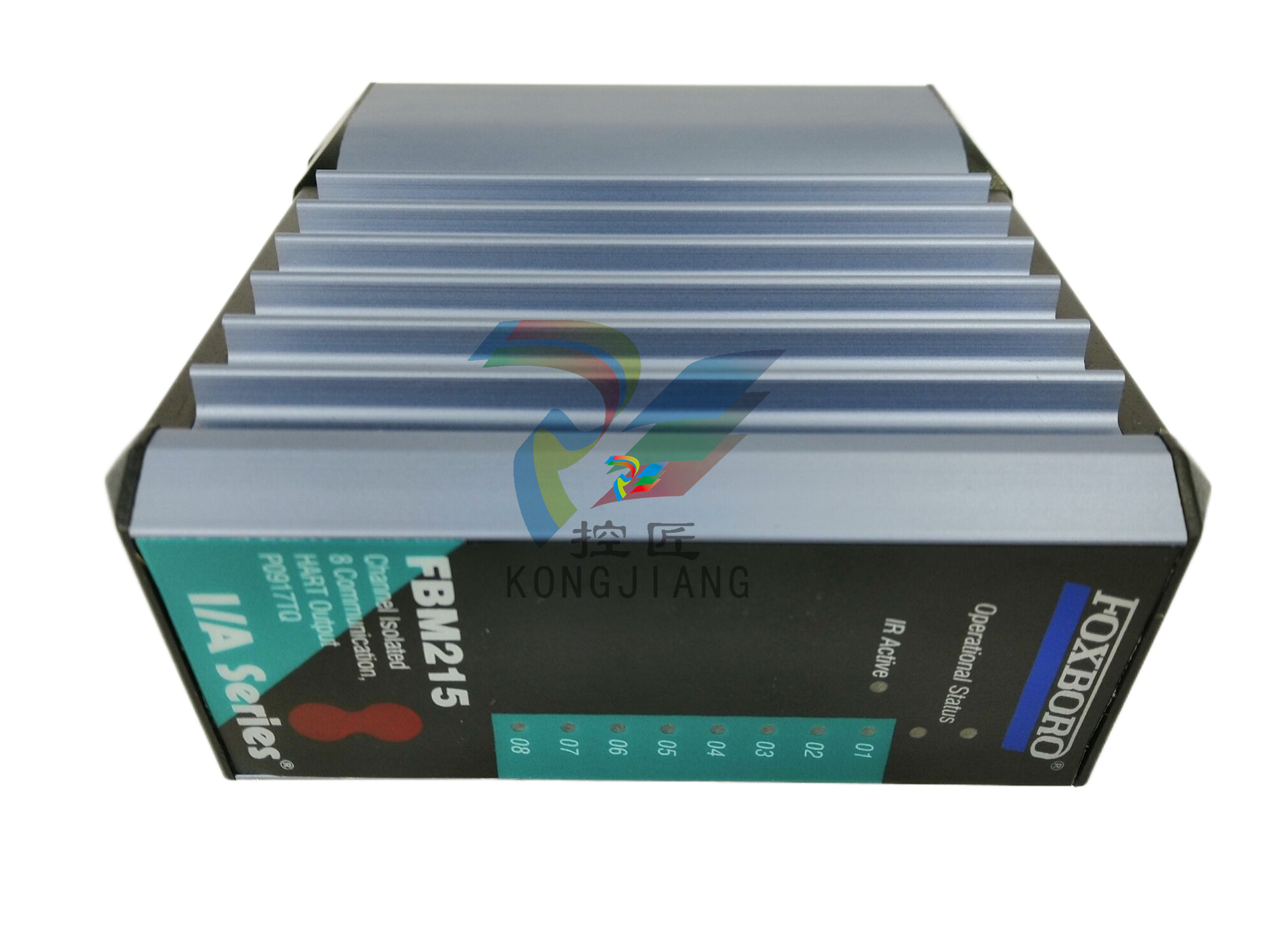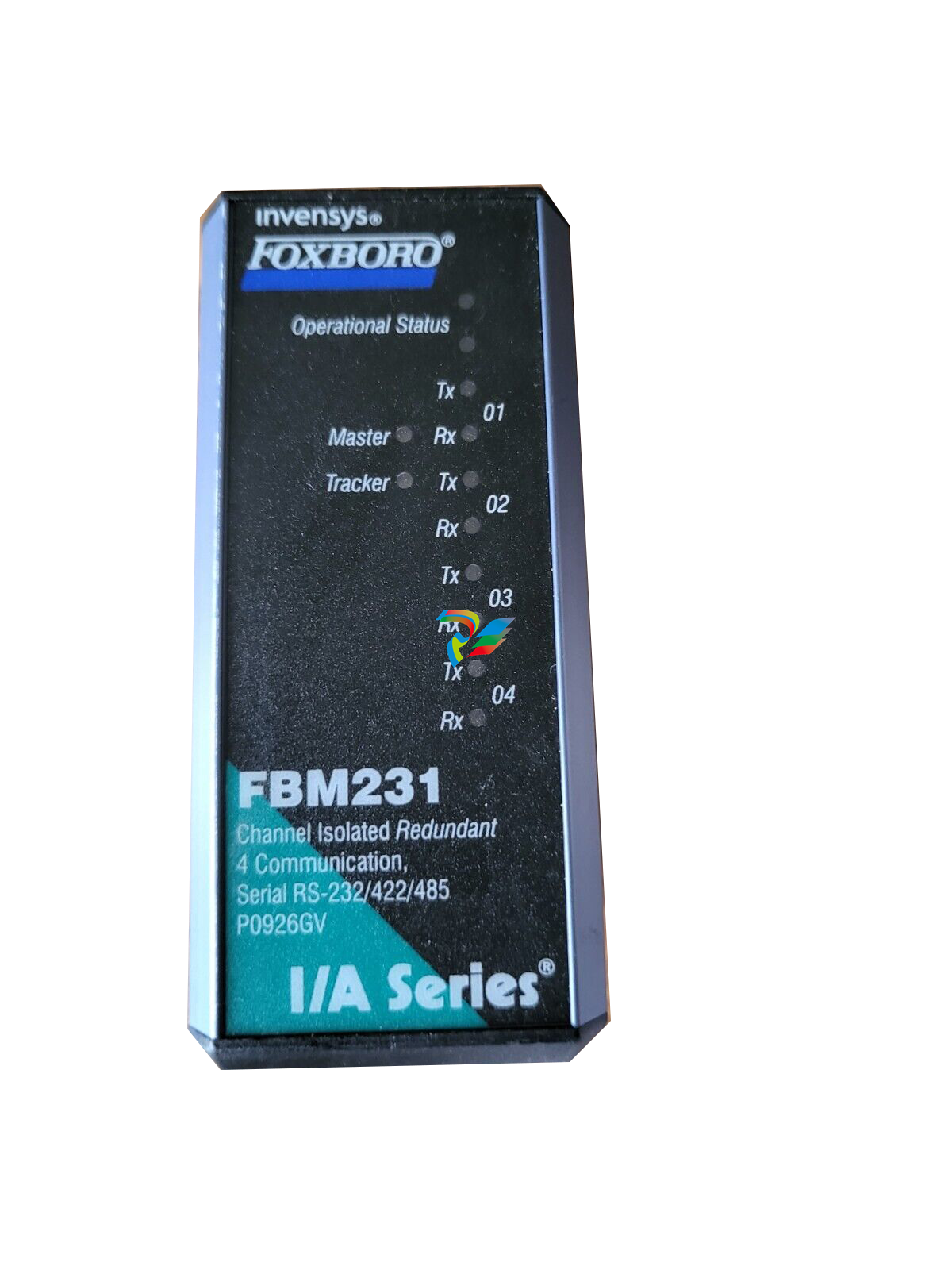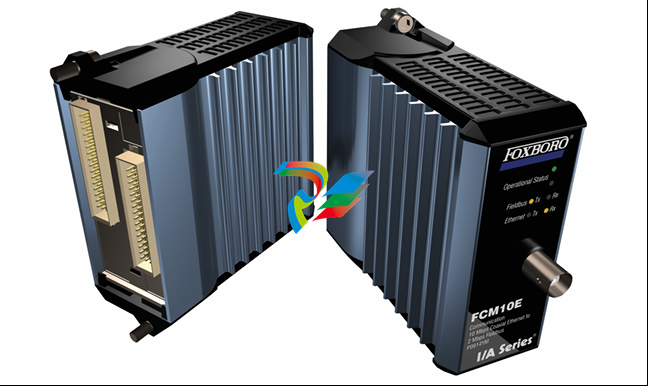
Cybersecurity Risks of Automating Offshore and Maritime Operations

Organizations across many industries are trading out their traditional processes for automated systems, including the maritime sector. Although these enhance operations' flexibility and accuracy, they do come with numerous cybersecurity risks. When proper security protocols and safety measures are taken, automation can take operations to the next level.
How do maritime companies automate operations?
From repetitive, rule-based tasks to complex systems, technology has proved to be a helpful addition to the workforce. Maritime companies have begun to implement automation in the following areas.
Offshore drilling
Enterprises have started using automated drilling control (ADC) in their offshore operations. This system uses automated pipe-handling and tripping systems that replace human workers.
It’s also equipped with safety features, reducing the number of onboard accidents.
Along with reducing accidents, ADC decreases drilling costs. The algorithms used in automation make complex calculations and maximize drilling periods, eliminating costly errors and delays. Operators predict ADC technology can reduce drilling costs by 30-50%.
Maritime functions
Maritime is one of the most important sectors to the economy, meaning at-sea failures have high-stake impacts. Human error contributes to approximately 70-80% of maritime accidents, impacting many functions. Using industrial control systems, operators can automate maritime functions to reduce human error, including propulsion, navigation, loading and unloading, communications, security and more.
Shipping
Automation is primarily seen in shipping for predictive analytics. With advanced tracking technology, automated systems can track cargo and manage ports, providing humans access to faster, more accurate data. Operators can use automatic identification system data to track weather forecasts, assist navigation safety measures, collect information about ships' locations and characteristics and more.
What are the cybersecurity risks of maritime automation?
Using advanced technology hastens processes and makes information accessible, but if the correct safety measures are not taken, the wrong people can also get access. Automation can cause the following.
Network accessibility
Automation creates an easy-to-use, connected network of data, but if a hacker breaks into the network, it makes it easy for them to access everything. When someone infiltrates the network at a port, the operator's ability to detect an attack is significantly lowered, leading to dangerous outcomes.
Malware installation
Automation maximizes the connectivity of maritime vessels, allowing hackers to search for vulnerable security systems or even employees. Once they find a weakness, they can install malware without the user or operator’s knowledge. The number of malware types has risen from 28.84 million in 2010 to almost 678 million in 2020, making automation systems more vulnerable to attack.
Data breach
If cybercriminals gain access to an automated system, they can see private information and data, including staff records, shipment locations, cargo details and more. Once accessed, hackers can do whatever they want with a company’s data, jeopardizing valuable information and causing financial setbacks.
Ransomware attack
Ransomware is a type of malware hackers use to encrypt automated systems. Once the system is hacked, they make it inaccessible until the victim pays a ransom. This cyber security attack can be hazardous—and expensive. Maritime entities currently pay an average of $3.2 million in ransom from cybercrime.
Tips for stronger maritime cybersecurity
Although maritime automation systems can produce significant cybersecurity risks, they can be highly effective if used and installed safely. If security measures are put in place early on, systems will be able to fight against hackers and assist maritime cybersecurity functions, not weaken them.
To use automation safely, follow the following tips:
Create strong company policies: Company policies only protect against cybersecurity threats if they are well-built and practiced. Practiced safety plans and methods can reduce OT cyberthreats.
Train all employees in cybercrime: From onboarding to senior management, workers must understand cybersecurity risks and outcomes to respond correctly. If they aren’t informed, they are a threat to cybersecurity.
Update passwords and install multifactor authentication: Weak passwords used across networks are easy to hack. To improve security, practice regularly updating company passwords and implementing multifactor authentication.
Leave critical systems inaccessible to the internet: Providers offer private IP addresses to keep hackers from reaching automated systems. Vessel terminals should be private to protect the ship's network.
Implement IMO’s guidelines: The International Maritime Organization issues updated guidelines for cyber risk management. It provides detailed recommendations for identifying, analyzing, assessing and communicating risks.













































.jpg)
.jpg)
.jpg)





.jpg)



.png)
.jpg)

.jpg)
_lVjBYb.jpg)

.jpg)
.jpg)



.jpg)
.jpg)







.jpg)

.jpg)
.jpg)











.jpg)




.jpg)
.jpg)
.jpg)
.jpg)
.jpg)
.jpg)
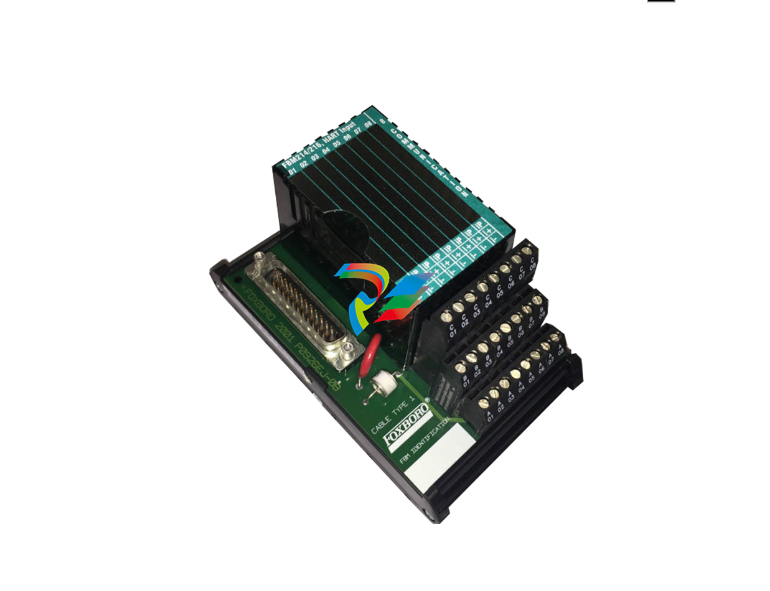
.jpg)
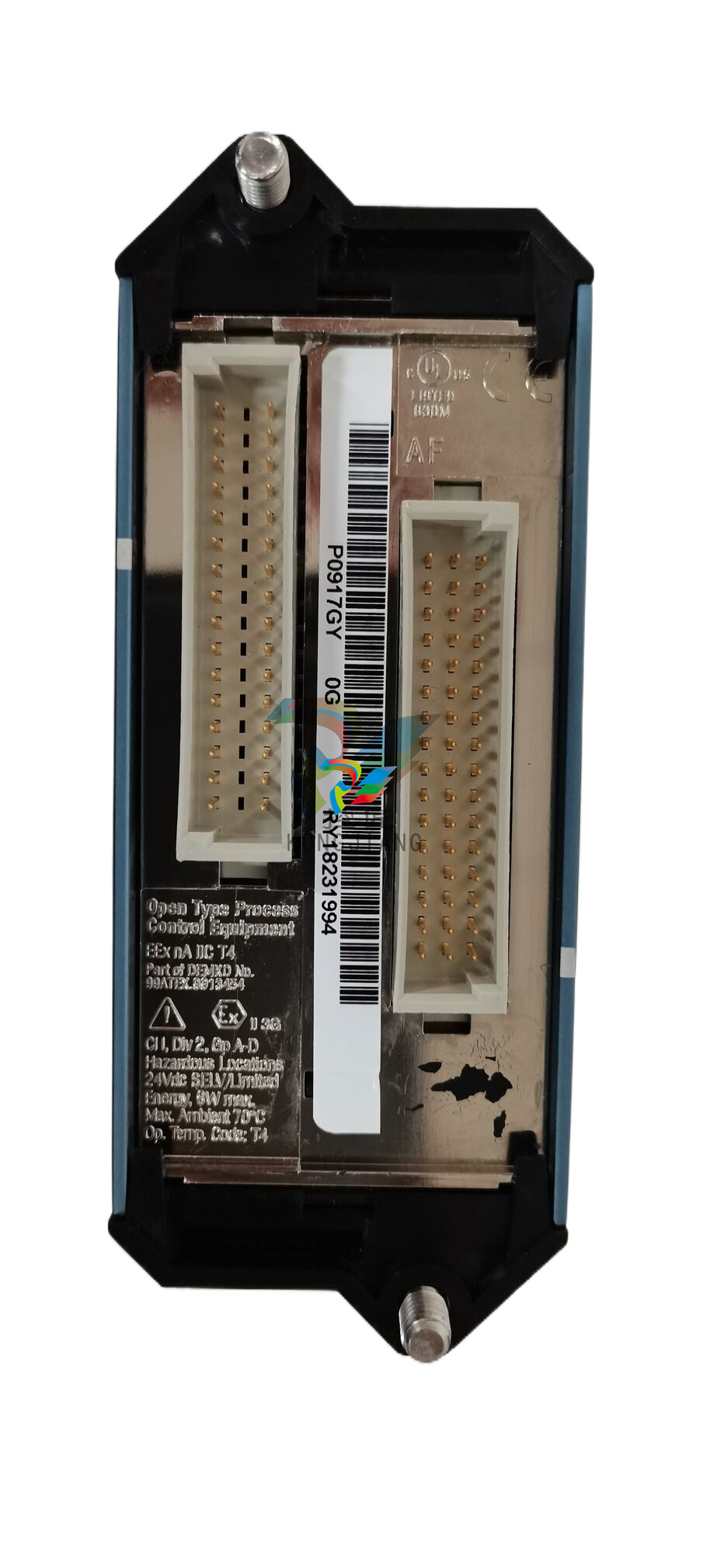
.jpg)
.jpg)
.jpg)
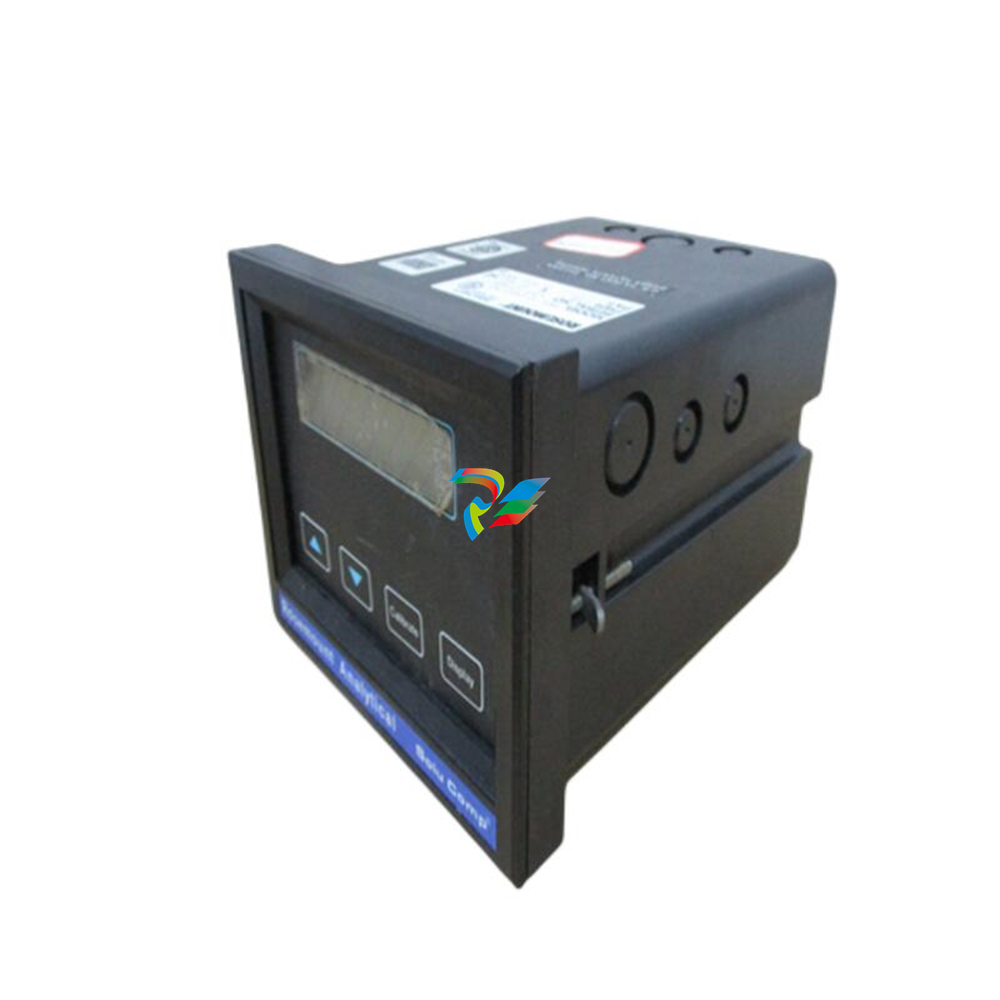
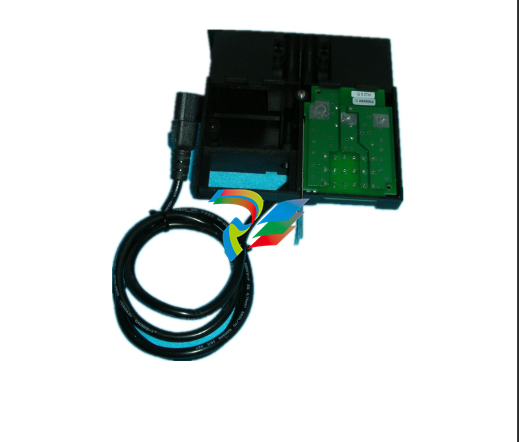
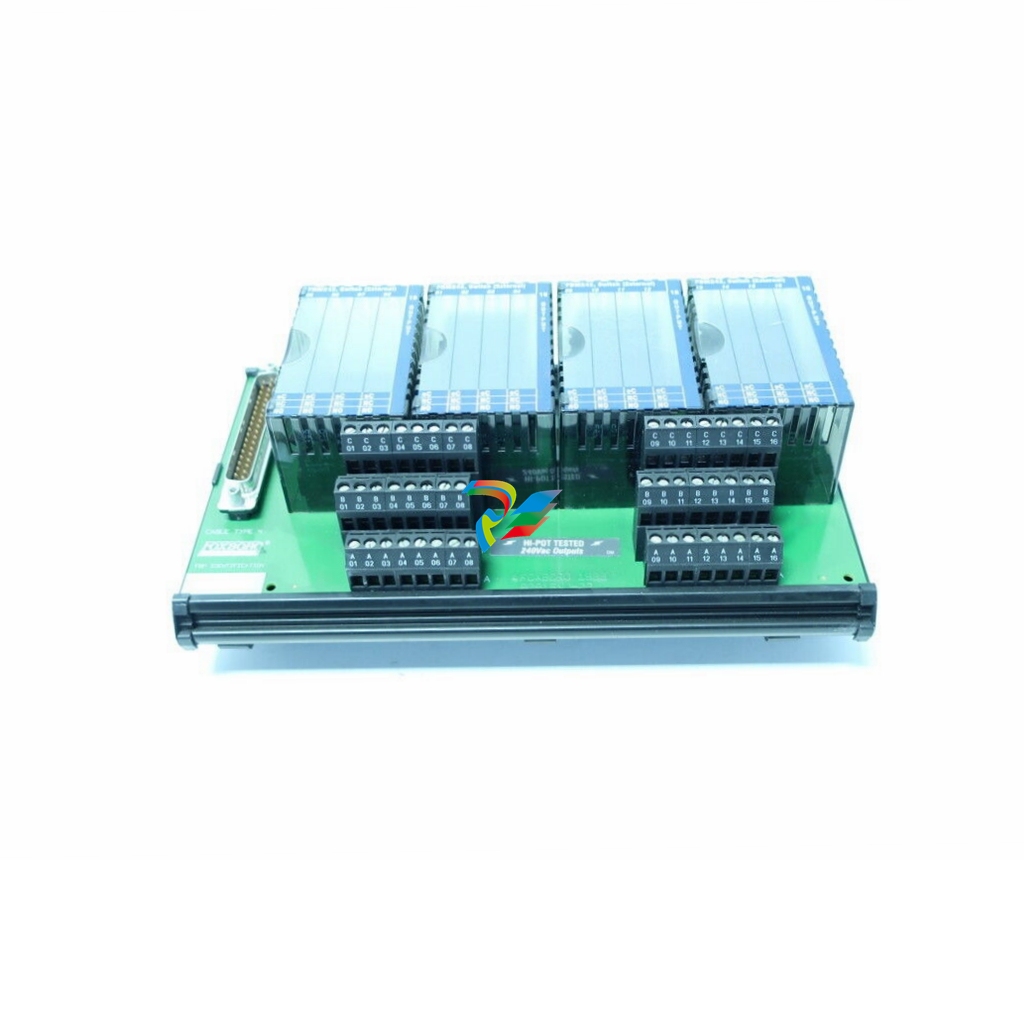
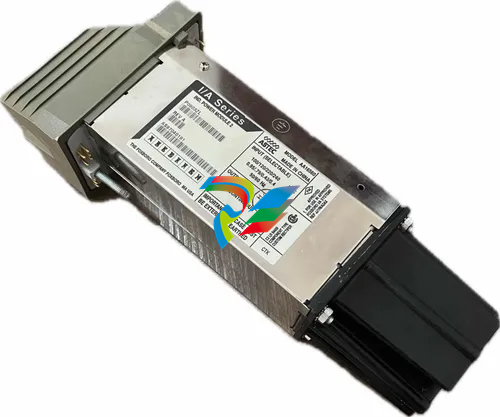

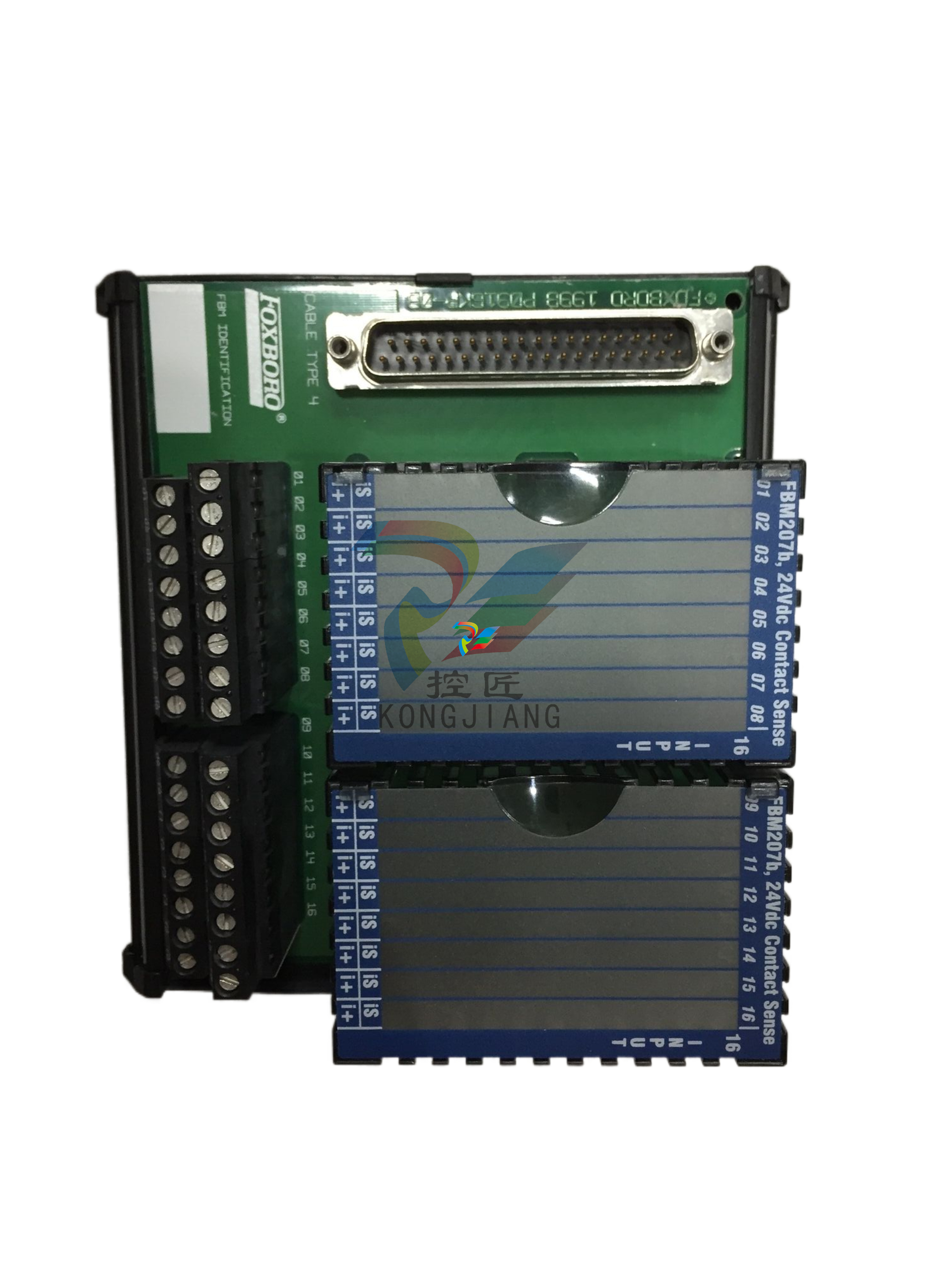
.jpg)
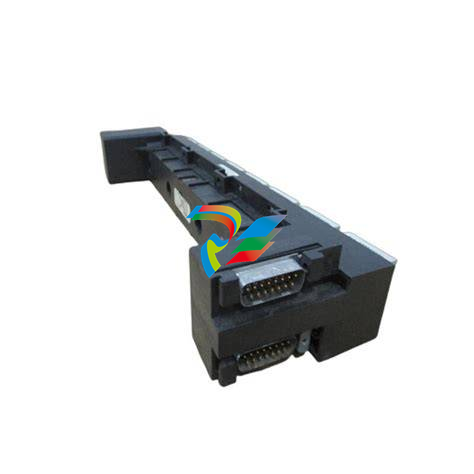
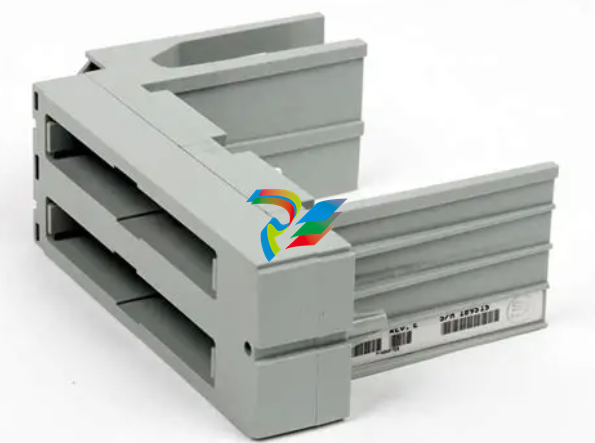
.jpg)
